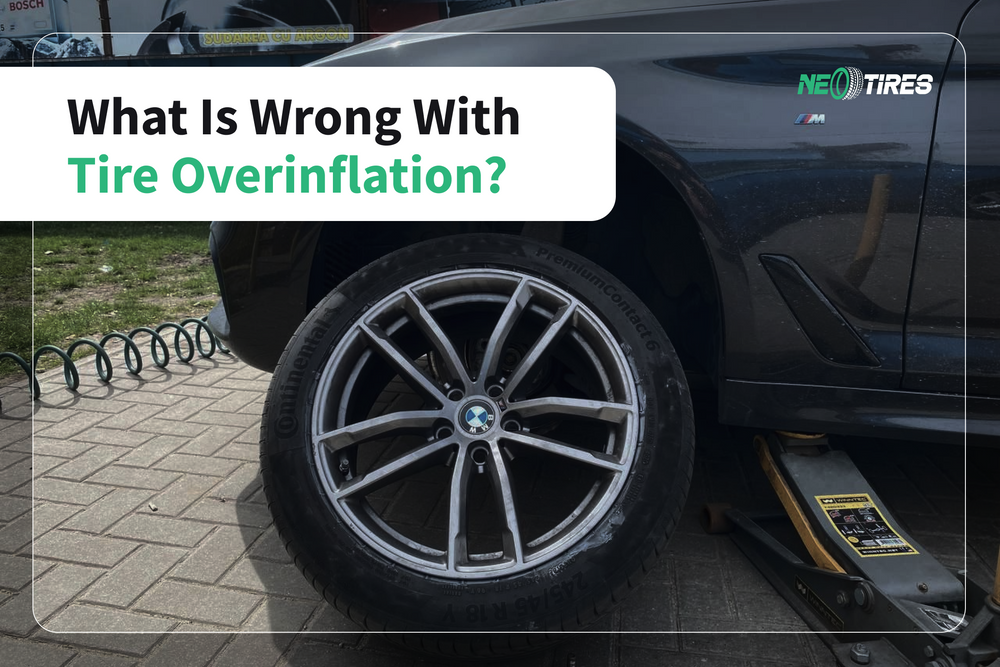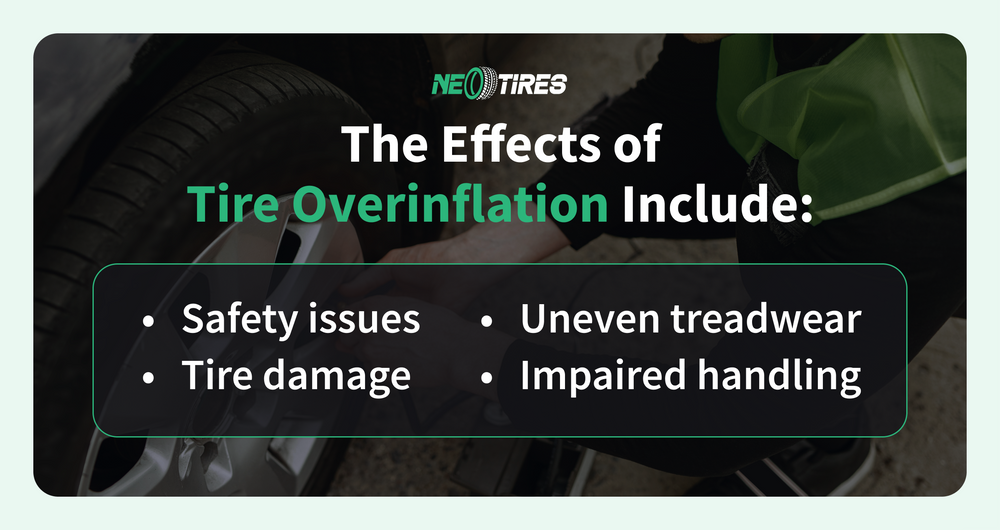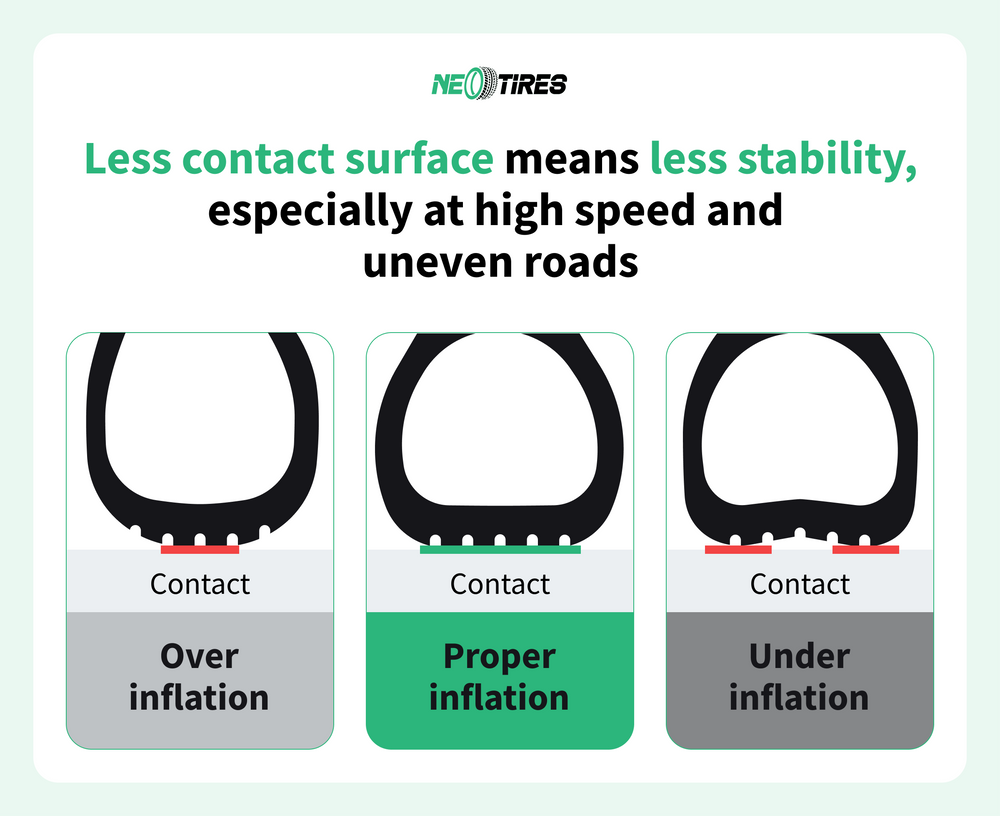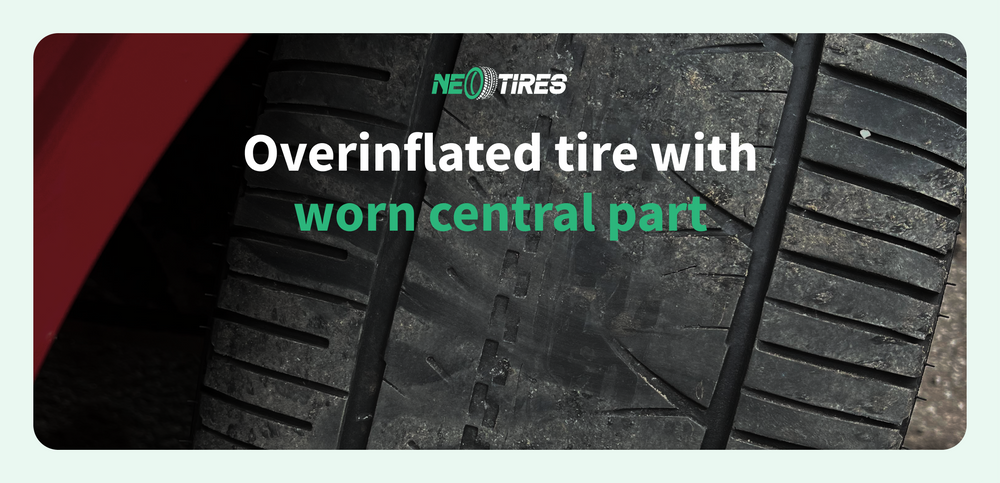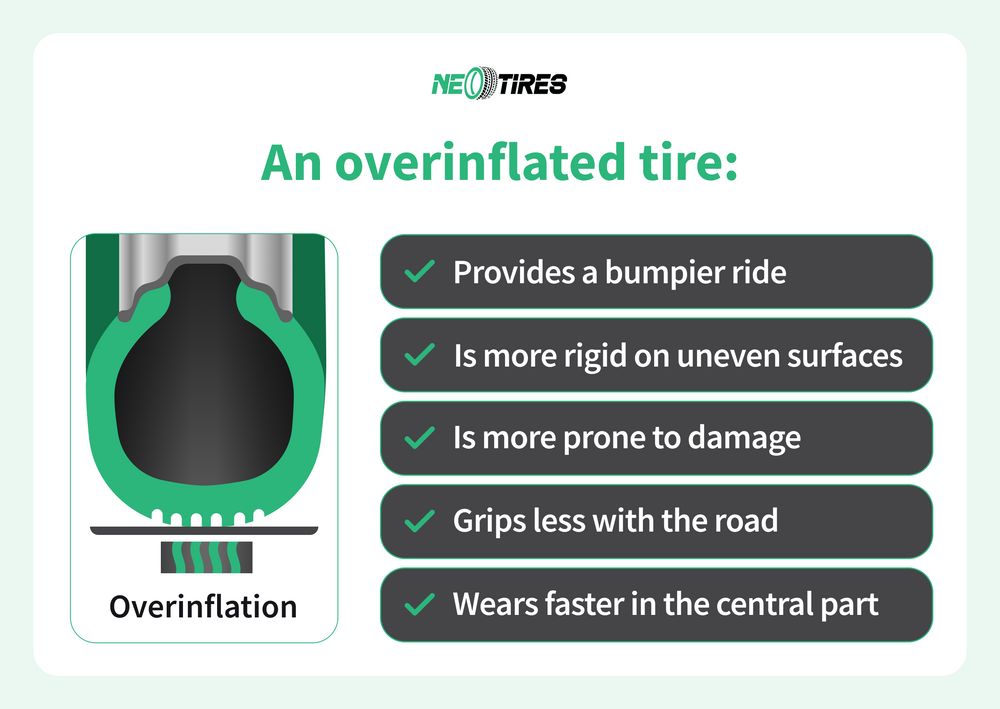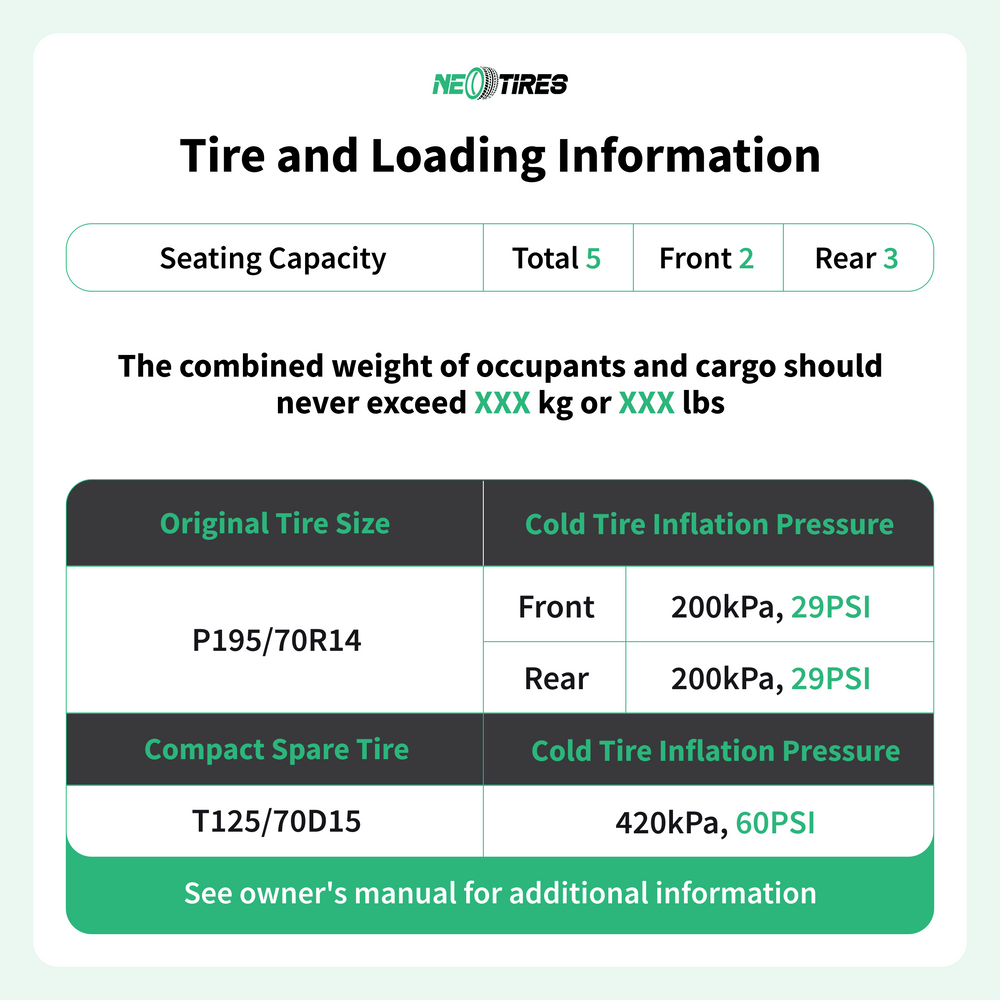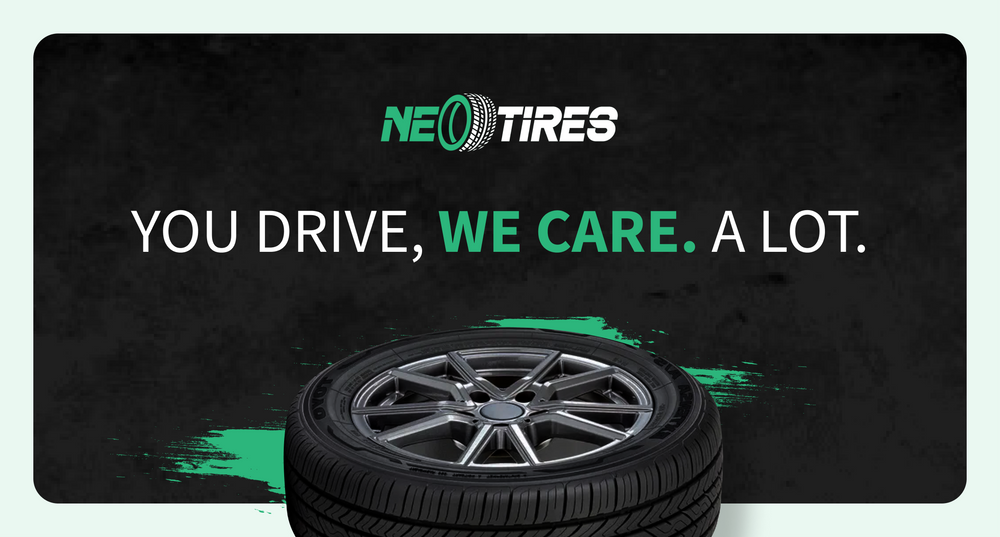Every driver knows how important the right pressure is in the tires of his vehicle. No mechanic gets tired of repeating that the pressure determines the good (or bad!) performance of the tires and the level of safety in various road conditions. However, we still observe a multitude of drivers who prefer to overinflate their tires.
The main reason for that is that an overinflated tire seems to provide less rolling resistance while in motion. As a result, the vehicle consumes a little less fuel, which seems advantageous for the driver, right? But is it right to put too much air in the tires from a safety perspective? Below I will list some reasons why it is NOT beneficial to inflate the tires more than recommended by the manufacturers. Below, you have a reserved space where it would be nice to comment on how you usually drive. With overinflated tires? Underinflated? Or within the norm?
Is It OK For Tire Pressure To Be Over?
No, it's not ok. Even if it apparently brings some benefits such as less rolling resistance and slightly more comfort, overinflation also brings some side effects that many drivers overlook. Among them are less safety, more tire damage, uneven tread wear, and impaired handling.
What Are The Effects Of Tire Overinflation?
Safety Considerations
We will start with the biggest danger associated with overinflation: safety considerations. Too much air in tires reduces its contact surface with the road. Consequently, the grip becomes much too poor to ensure the necessary stability, especially on wet and slippery roads. As a side effect, less grip means worse braking efficiency. As a result, the braking distance will increase while increasing the risk of a collision or impact with another vehicle in road traffic.
Higher Risk Of Tire Damage
Too much air in the tires makes them more rigid, and therefore more sensitive to different objects on the road. The risk of punctures becomes much higher every time you drive on an irregular surface with plenty of potholes. Overinflation significantly reduces the tire's ability to absorb shocks, bumps, and other obstacles.
The pressure recommended by the manufacturers is the most suitable to maintain its optimal elasticity in various conditions. When the tire structure is flexible enough, the tire takes the shape of the road surface, "swallowing" its irregularities. In the context of overinflation, the tire rather hits against the obstacle which can lead to sharp punctures, tire damage, and even blowouts.
Uneven Tread Wear
Whenever you put too much air in your tires, the pressure concentrates in the center of the tire tread. Its edges rise as a natural effect of excessive pressure. Consequently, the central-longitudinal part of the tire deteriorates excessively. It won't take long until you notice the first signs of uneven wear, especially on the central area of your tires.
So, if you think that overinflation is beneficial for your fuel tank, in fact, all you gain is actually a false economy. Uneven tire wear will make you buy a set of new tires much earlier than you expect. In addition, it makes your tires perform worse than they should because worn tires can't provide a high degree of grip, reliable traction, and short braking distance. Here you have an example of a worn tire due to overinflation.
Handling Issues
The operational characteristics of the tires are significantly reduced whenever the pressure in them does not correspond to the optimal level. First of all, driving becomes stiffer and less comfortable. Secondly, the handling becomes more risky.
These occur due to less contact between the tire and the road surface. Overpressure causes the tire to "be more in the air than on the ground". So, its behavior might become unpredictable and less controllable, especially at high speed.
Bottom Line
The purpose of this post is to make you understand that overinflation is not as harmless as it seems. The wrong belief that you will save fuel with overinflation actually masks many side effects. Overinflation indeed reduces tire rolling resistance. However, we must understand that the benefits are actually minimal compared to overinflation side effects.
According to statistical data conducted by NHTSA, an addition of only 0.5 BAR above the recommended pressure limit optimizes fuel efficiency by about 1-2%. But you can gain the same efficiency whenever you drive cautiously, avoiding the aggressive style and avoiding carrying the excessive load in the vehicle.
The best thing you can do is to maintain the tire pressure as recommended by the manufacturers. These recommendations take into account fuel efficiency, as well as maneuverability, safety, and optimal grip in any road conditions.
Whenever you deviate from the recommended norm, the side effects increase progressively and will result in additional expenses that will not even remotely compensate for the fuel savings you gain with overinflation. The pressure recommended by the manufacturers ensures optimal performance, safety, tire service life, and secure handling.
Tire Overinflation: FAQs
What Does Overinflation Do To a Tire?
While overinflation might seem beneficial for fuel economy, it entails a series of adverse effects. First of all, the tire will wear prematurely and unevenly. Secondly, it reduces the contact surface with the road, which affects grip and handling, especially on wet roads. Thirdly, the braking distance increases, which can endanger the safety of drivers and passengers.
Is 40 PSI Too High For Tires?
Depending on the type of tire and the type of vehicle, the recommended pressure may vary. The driver needs to take into account the pressure recommended by the manufacturers for this is the safest test in various conditions. If the manufacturer recommends a level of 35 PSI, you could inflate up to 38 PSI, as long as the level does not go beyond the maximum pressure that you find on the tire sidewall.
You can pump up to 40 PSI in case you carry some weight and need additional tire support. Everything that goes beyond that, increases the risk of blowout, puncture susceptibility, sharper cornering, and fuel deficiency. The safest is to stick to the manufacturer's recommendations. These look like in the image below and you can find them on the driver's door jamb:
How Do I Know If My Tires Are Overinflated?
You will notice the too-rounded shape at the outer edges of the tire and increased stiffness. A tire with normal pressure is neither too stiff nor too soft. While riding, you can feel the tire bouncing excessively when driving on uneven roads. Also, the cornering could feel a bit too sharp. An additional check-up with a pressure gauge is always welcome to ensure the exact and equal pressure level between the 4 tires.
Should All 4 Tires Have The Same PSI?
It depends on the vehicle. Some require the same pressure on all 4 tires while others might need more air on the front or the rear. It is essential to get familiar with the manufacturer's recommendations and to apply the pressure as indicated.
Why Trust Us?
NeoTires has 2 essential goals: to provide the best tire deals and to educate its customers to improve their driving experience. First of all, we want all drivers to have access to high-quality tires because they define the degree of safety in any condition. At the same time, we know that prices might not always be affordable, which makes many drivers settle for cheap, but mediocre-quality tires.
In this sense, we partner up with the best tire manufacturers such as Hankook, Bridgestone, Pirelli, Firestone, and many other reputable names to offer friendly prices for premium and superior-quality products. In addition, we run our own tests and provide professional advice in everything related to a safe and performing driving experience. We have automotive specialists and qualified experts working in our team who help us create relevant and helpful content for every driver.
Last but not least, we are very passionate about the tire industry and we train and learn constantly to keep up with innovations and new technologies in the field. Count on us whenever you need support in matching your driving needs with the most suitable tires. Remember that the driving experience depends on the chosen tires and any wrong choice can turn driving into a nightmare. To avoid such scenarios, call our assistants who will gladly share all their professional knowledge with you. Drive safe and choose your tires wisely!




